Electronic forms, commonly known as e-forms, have revolutionised data collection and processing across industries and as technology continues to advance, the benefits of e-forms continue to grow. Although paper forms have been used for centuries to successfully collect information, they come with several disadvantages, especially in today's digital age.
Some of the key drawbacks of paper forms include:
- Manual Data Entry:
Paper forms require manual data entry, which is time-consuming and prone to human errors. Transferring data from paper to digital systems can lead to data inaccuracies and delays in processing.
- Storage and Retrieval:
Storing and organising paper forms can be challenging, especially as the volume of forms increases. Retrieving specific information from stacks of paper can be time-consuming and inefficient. In addition, Paper forms contribute to the consumption of physical space in offices and storage facilities whilst the production of paper consumes natural resources and contributes to deforestation and environmental degradation.
- Lack of Real-time Data:
Paper forms do not provide real-time access to data. The information must be physically transported or mailed to the intended recipients, causing delays in decision-making, and response times and may possibly lead to customer dissatisfaction.
- Security Risks:
Paper forms are susceptible to loss, damage, or unauthorised access, compromising the security of sensitive information. Unlike electronic forms, they lack encryption and access control features.
- Inefficiency in Data Sharing and data accuracy:
Sharing information collected through paper forms often requires photocopying or scanning, which can result in additional expenses and hinder timely collaboration. In addition, Illegible handwriting and incomplete responses on paper forms can lead to inaccurate data, affecting the quality and reliability of the information collected.
- Compliance Challenges:
Ensuring compliance with regulations and policies can be more complex with paper forms, as tracking and auditing actions may be less straightforward compared to electronic systems.
An "e-form" typically refers to an electronic form or online form. It is a digital version of a traditional paper form that can be filled out and submitted electronically over the internet. E-forms have become increasingly popular due to the convenience they offer, as they eliminate the need for physical paperwork and allow for faster processing and data collection.
Let's delve deeper into the various advantages e-forms offer:
- Versatility and Diverse Applications:
E-forms are versatile and can be adapted for a wide range of applications, from simple feedback and survey forms to complex multi-page applications. They are used in diverse sectors, including government, healthcare, education, finance, human resources, and customer service.
- Increased Productivity and Efficiency:
E-forms expedite the process of data collection and eliminate the need for manual data entry. This reduction in administrative tasks allows employees to focus on more value-added activities, increasing overall productivity and efficiency.
- Enhanced Data Management and Analysis:
E-forms facilitate structured data capture, making it easier to organise, categorise, and analyse information. Organisations can leverage this data to gain insights into customer behaviour, employee performance, market trends, and other critical business aspects.
- Integration with Workflow Systems:
E-forms can integrate with workflow automation systems, enabling the automatic routing of forms to relevant departments or individuals for review and approval. This integration reduces holdups and ensures a smooth and structured flow of information.
- Real-time Collaboration and Communication:
E-forms often incorporate features such as comments and annotations, allowing users to collaborate and communicate directly within the form. This real-time collaboration streamlines decision-making processes and facilitates better communication among team members.
- Compliance and Audit Trail:
E-forms can maintain detailed audit trails, tracking every action taken within the form, including submissions, edits, and approvals. This feature is crucial for compliance purposes and provides a historical record of interactions with the form.
- Accessibility for People with Disabilities:
E-forms can be designed to meet accessibility standards, ensuring that individuals with disabilities can interact with them using assistive technologies. This inclusivity is essential for organisations aiming to create an accessible and diverse user experience.
- Adapting to Changing Requirements and Scalability:
E-forms can be easily updated and modified to accommodate changing regulations, policies, or business needs. Unlike paper forms that require reprinting, electronic forms can be instantly updated, ensuring compliance and operational flexibility. E-forms can be scaled up or down based on the organisation's needs. Whether a small business or a large enterprise, e-forms provide a cost-effective solution that grows with the organisation.
Overall, the limitations of paper forms make them less suitable for modern organisations seeking streamlined and efficient data collection and processing. Transitioning to electronic forms can address these disadvantages and provide numerous benefits in terms of data accuracy, accessibility, cost savings, and environmental sustainability. As technology advances, e-forms will continue to evolve, offering even more innovative features and benefits. By adopting e-forms, organisations can improve their processes, reduce operational costs, enhance data security, and provide a more user-friendly experience for both their internal teams and external customers.
Contact your trusted advisors in customer communication management to upgrade your data collection processes today! www.communicationgenetics.com


